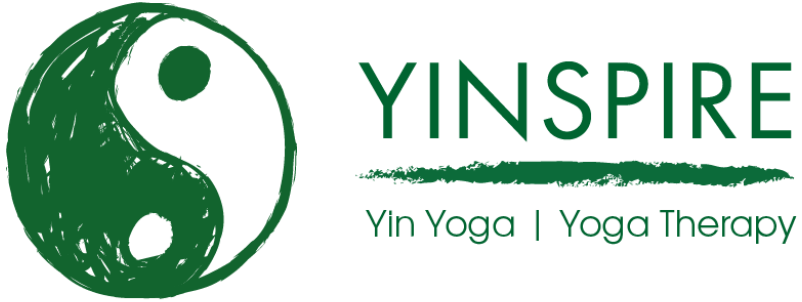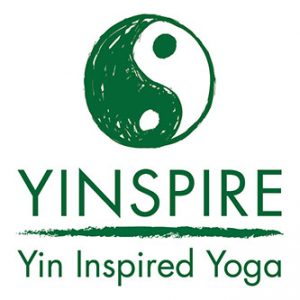“A Journey with my back”
Update 2019 – I wrote this article in 2015, since then, and drawing on my Yoga Therapy Studies, I would be looking at wider causes of back pain, including nervous system dis-regulation and stress, as well as knowledge that back injury and experience of pain are at best tenuously linked. I’ve left this article as written back in 2015, as it is an interesting practical reflection on back issues, if not the complete picture.
Back pain is a common complaint in modern times – the human body wasn’t designed to slouch on sofas with iPads, sit at desks with PCs all day, or to be cooped up in car seats. This all takes a toll on our body, and our back is often where we feel it.
A Yoga teacher isn’t a Doctor, Chiropractor or Osteopath, and if your back pain is persistent or worsening then they should be your first point of call.
But what of the low level stiff and irritable back? You may or may not have had it checked out by a professional. They may or may not have made a difference. Can Yoga help?
Yes – Yoga can help, but it can also hinder.
What follows is a personal reflection on my back – causes and cures, and how yoga has fitted in. My journey will not be the same as yours, so consider these next few paragraphs as a range of suggestions and not definitive instruction.
I’ve had on and off back pain since my mid 20s, getting a lot worse in my mid 40s. Until my 40th year I was the archetypical couch potato; spurred by advancing years and waistline I took up exercise and healthy eating, and over a year lost four stone. Over successive years the exercise continued on a maintenance basis, with periods of less and more.
Along the way I broke my foot twice falling upstairs, and whilst the first fracture I recovered from easily, the second one led to a difficult year of weight gain, over training, injury and frustration. It was during this time that my back deteriorated badly.
The triggers for my back have been:
~ too much impact work in the gym – the treadmill, and the stepper being the main protagonists. The solution here has been to ration my use of them, and swap to cycling – with the added bonus of fresh air and natural light – and the gentler motion of a cross trainer for wet days.
~ a lack of care when bending and lifting – this is where Yoga has helped.
~ walking on holiday – this is interesting – I can walk at home, for work or leisure, a few miles in day shoes, 20 miles in walking boots, and my back was generally fine. Take me away on holiday and within half an hour my back would be screaming. My Osteopath and I suspect its to do with a more relaxed gait on holiday – an amble rather than a brisk walk.
I mention breaking my foot twice – each time required surgery on my left 5th metatarsal, and it was some time after this when my Osteopath observed – after another frustrating holiday with back pain everyday – that my lateral arch on that foot was collapsed. The lateral arch is curve between the little toe and the heel under the foot, and collapsed means its flat rather than lifting away from the floor in the middle – a form of flat foot. This may well be linked to, or exacerbated by, surgery on that foot. However on Osteopaths advice I tried some Chiropodists felt on the ball of the little toe, and over a few months the change was noticeable – especially on my next holiday, pain free for the first time in years.
This illustrates the importance of professional help; that sometimes solutions aren’t quick; and to look away from the back itself for the cause of problems. Above all, perseverance.
So what of Yoga and backs? Again, these are personal reflections.
One day a few years ago I was wrapping a number of parcels indoors, a wardrobe clear out which I had eBayed, and I was bending over for an hour or so with piles of bags, labels and items to pack. When I straightened up my back was in some pain. I struggled my way to a fairly vigorous Yoga class that night hoping it would help – it didn’t. It made it worse, and when I got home I was near to agony – alas I had to dip into my store of prescription painkillers, a hot water bottle, and a glass of wine whilst feeling sorry for myself. There are some lessons here. Maybe I should have asked my Yoga teacher for some more help? Also, I now know that I knew a lot less about my back then.
What I’ve learned since has helped me to understand how the back moves; how it relates to the rest of the body; where my own pain and discomfort was coming from; and, importantly, how to work with my back rather than against it.
So, finally, my thoughts on Yoga for the stiff and irritable back:
~ learn to lengthen as well as bend – the spine isn’t a hinge, it’s a dynamic structure of tension and compression. A bend forward (flexion) or back (extension) by itself at best is uncomfortable, at worst harms the back. Bringing some intention around lengthening the spine at the same time as bending gives the spine space to move. I would say this is the most important thing, and one which I often see people not doing. It may slightly reduce the outward range of motion, but your spine will thank you for it.
~ building on this, consider the opposite release when you bend your back. In a back bending Yoga posture, eg sphinx or cobra, imagine your front lengthening from navel through breastbone to throat at the same time as the spine bends back. This helps to bring the length I describe above into the spine. The same principles apply on forward bend, flexion, and side ways movements.
~ release your hips – so called “hip openers” help to release tension in the muscle and fascia in the upper legs, buttocks and abdomen, as well as the deep core muscles such as the psoas. The muscle and fascia in this area connects directly to the back and creates tension if its too tight, in turn that tension impacts on the back. The same applies in the upper body with the shoulders – tension in the muscle and fascia of the shoulders relates back to the spine.
~ think bigger picture – we can become obsessed with our pain being caused by one thing, or by one muscle or area of tension. In practice the body comprises a complex system of overlaying muscle and fascia, and interdependent body systems. Your back ache could be cause by digestion and constipation, in turn effected by emotions or stress. Emotional scars and trauma can effect the deep core muscles in the lumbar, pelvis and hips, restricting their movement and leading to tension in the back. On a physical level, a tight area of muscle or fascia in your leg – or further afield – can aggravate a back. Be cautious about trying to isolate things to one muscle – in their attempt to explain detail the medical text book images which proliferate the internet often encourage us to lose sight of the interconnected nature of our body. Yoga is a great tool to release physical and emotional stress throughout the body.
In summary – yes, Yoga can help the stiff and irritable back, ideally with input from other professionals such as Osteopath, Chiropractor or Doctor. There are no instant cures, but the release of physical and emotional stress from a regular Yoga practice should pay dividend in the long run. But do let your teacher know about back problems so he or she can be on the lookout as you move.

